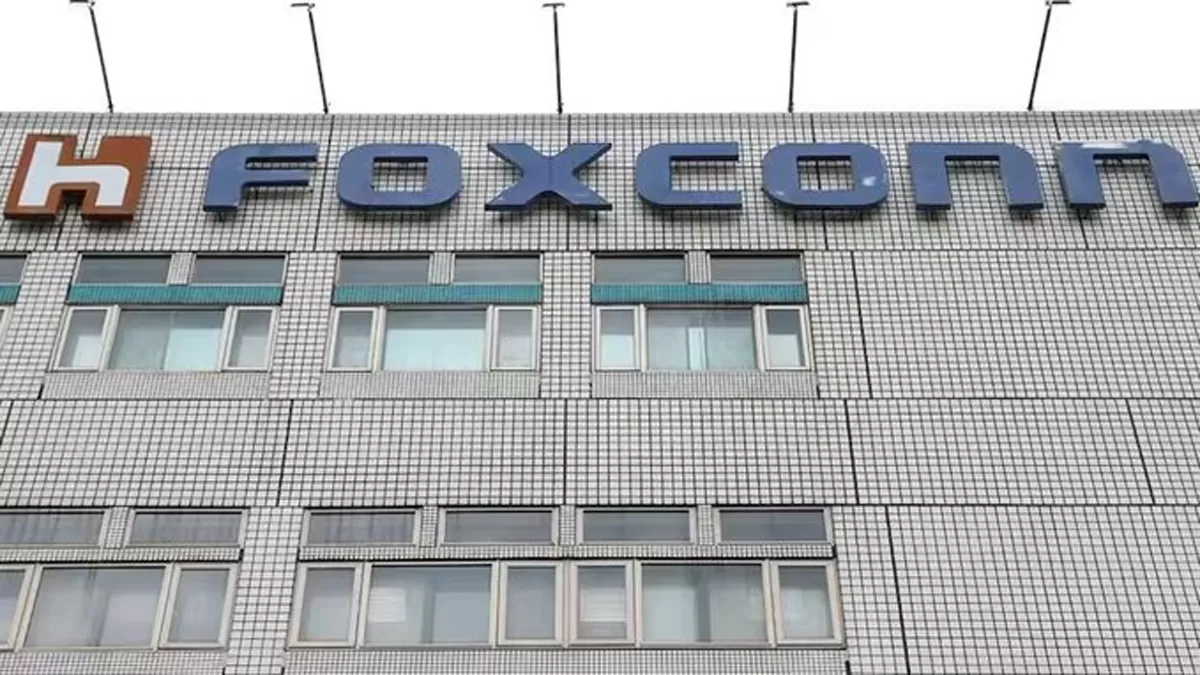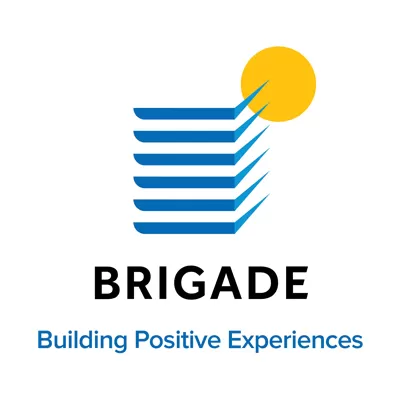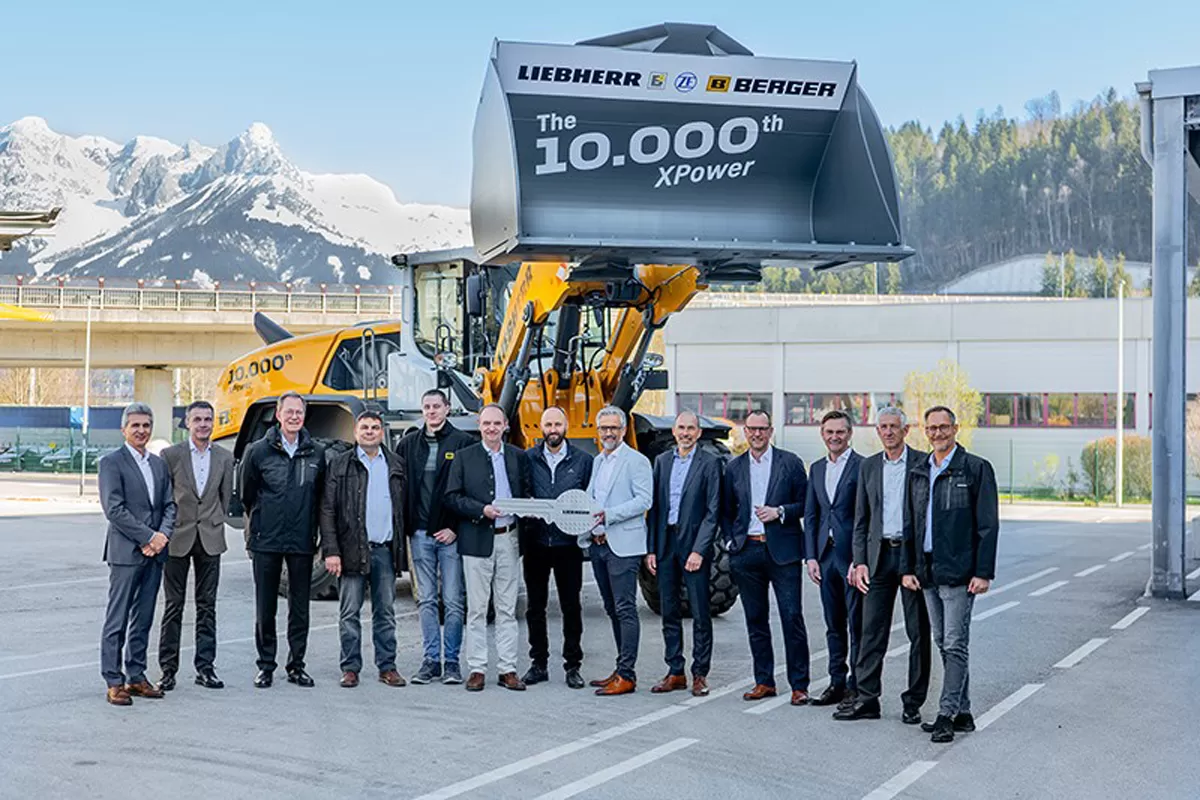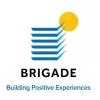- Rajesh Chawla, Director, VEKA India
VEKA India opened its windows to the Indian market 10 years ago. And today, the $1.4 billion company is known to be one of the pioneers of uPVC door and windows systems in the country. Following the recent visit of German Chancellor Angela Merkel to India, VEKA India, the subsidiary of the world´s second largest manufacturers of window and door systems, VEKA AG, has reaffirmed its plans to expand in the country by introducing new products specific to the market and expanding its geographic footprint. Rajesh Chawla, Director, VEKA India, shares more on the company´s expansion plans and the PVC market scenario in conversation with SHRIYAL SETHUMADHAVAN.
VEKA India plans to introduce some new products for the Indian market. Please tell us more.
When the company started, the PVC market was at a nascent stage in India. We introduced a product as per international standards in the doors and windows sectors. While initially our aim was not to reach out to the mass market, we started with a niche and special solution product. This is what we offered for around six to seven years; it is just in the past three years that we have introduced another system for residential projects. The two products offered by us are categorised into two segments: VEKA Premium and VEKA Projects. As part of our expansion plans, we are planning to add a few more systems under both these categories.
You are celebrating a decade in India. How has the journey been?
The journey has been challenging and interesting. Challenging in the sense that when the company started 10 years ago, there were apprehensions about PVC being plastic and that it may crack or change colour over time.
But eventually, with a small education effort initiated by us as well as other players in the market, we reached a stage where awareness and acceptability have grown manifold. People now accept and understand that this is one of the most suitable materials for windows for the times to come, whether it is availability of the material, functionality of systems, environmental factors and everything else one would consider as a performance factor for high-quality windows.
What was the strategy applied by the company to survive the challenging times?
Our journey is rather interesting. We are a profile systems company; we make the profile systems and the modus operandi within our organisation and tie-up with fabrication partners who buy the systems. They make their windows and take turnkey jobs to provide the products and services. When we came to India, people wanted to see the window and get a touch-and-feel experience. Being a profile systems company, we could not really provide window samples time and again. So, in the initial years, the first strategic step we took was to set up our own fabrication facility in Mumbai. We started making and selling windows through our dealers from 2004 to 2007-08. Then, the market started growing more aware and people were happy with the product, quality and systems. That is how the change came about and we shifted back to our own original way of working.
Do you see the need for a set of guidelines for doors and windows for developers?
This is a critical need for India, to have its own set of standards. While the most referred standard in India is BS 12608, there are still certain requirements where the company should have some set standards, which should be referred to by builders and architects while designing a building and its windows.
How crucial is being innovative for the company? Any recent innovations you would like to introduce us to?
Being a pioneer and then continuing to be a pioneer is a big challenge. But along with this, for a company like ours with global presence, it is important to know the market requirements in the regions we operate in. In terms of recent innovations, we have some products for the Indian market where we have introduced solid colours with acrylic layer on the white PVC, which is called ´coex´. While it is possible to laminate colour shades onto white PVC, in some situations, the demand is to have some solid colours. So ours was among one of the first companies to develop this system where we have the coloured acrylic layer on white PVC. Also, we introduced - one of the first movers in the country - a system wherein one can accommodate 40-mm-thick glass to achieve a higher reduction in sound levels.
Are your offerings for the Indian market manufactured here?
At present, we have two manufacturing facilities in China and Malaysia. It is in these facilities that we manufacture for the Southeast Asian Region. But India by itself is a big market, and in the next five to 10 years is expected to be on the next level. So VEKA India plans to develop a manufacturing unit in the country over the next three to five years because we see the need here and to tap the opportunity of ´Make in India´ initiated by the prime minister.
How do you see the smart cities initiative as an opportunity for you to grow your business?
Smart cities are often spoken about to be self-sustainable and, here, energy is an important criterion. It becomes paramount to maintain cooling inside a building to ensure optimum energy consumption. This is where windows play a critical role in terms of maintaining the temperature inside. And by virtue of being plastic and a highly insulated material, PVC windows fit into the concept. In terms of environmental factors, too, PVC fits in best right from the manufacturing process till the time it is installed as a window, helping to save energy. The energy consumption in the process of PVC extrusion is 70 per cent lower compared to when you extrude aluminium. Also, when you process aluminium, you need a lot of water and the water gets contaminated, which doesn´t occur in the case of PVC. And when you recycle older PVC versus recycling metal, energy consumption is much lower.
How do you view the current market size for PVC doors and windows and what is VEKA´s market share in India?
In 2015-16, we expect the PVC tonnage for the Indian market to touch somewhere between 35,000 tonne and 40,000 tonne. This is the kind of quantity VEKA does in Germany in 15 days. Hence, the Indian market is quite small. But in terms of potential, the future is bright. In terms of value, we expect the complete PVC market size to touch somewhere around Rs 1,500 crore in 2015-16, and our share at present is 3.8 per cent.
How do you see this share increasing with your expansion plans in another five years?
The year-on-year growth we have seen in the overall industry is somewhere around 22 per cent. And in the next three to five years, we would like to be at 10 per cent. We have done all the groundwork for this, and clearly know where the market is going and what we want to achieve.
price factor
- In the VEKA Premium range, the prices start from Rs.950 per sq ft and go up to Rs.4,000 per sq ft.
- In the VEKA Projects range, prices start at around Rs.550 per sq ft and can go up to Rs.1,200-Rs.1,300 per sq ft.


















